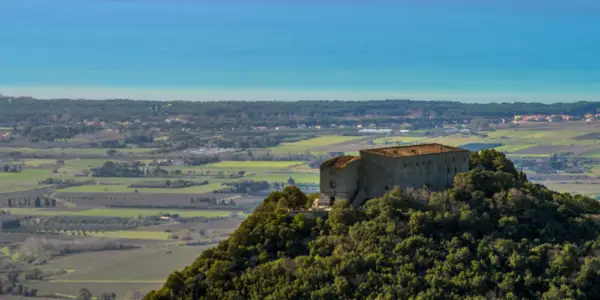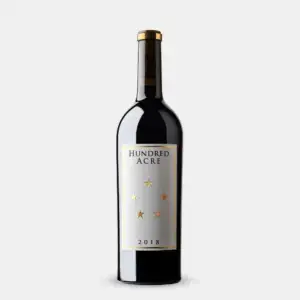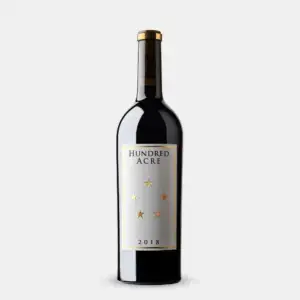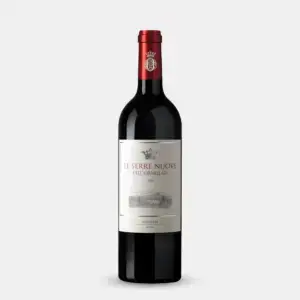2021 is an exceptional vintage and has already gained a lot of success from critics. Similar in style to 2019, 2016 & 2011, the vintage conditions were almost perfect and grapes were able to achieve perfect ripeness. Sassicaia’s vineyards at altitude allow the grapes to achieve great freshness and vibrancy. Bright red berry fruits, red cherries and violet hints combine with liquorice, leather and sweeter clove spice. The tannins are tightly wound and firm and need time to resolve but are supported by a generous fruit core. The wine finishes on the savoury and has an incredibly long length.
Soil Type
They show different and composite morphological characteristics, with the presence of calcareous areas rich in marl, as well as stones and stones and partially clayey. The production plants are located at an average altitude between 100 and 300 meters above sea level, with exposure to the West/South-West.
Weather Trends
The 2021 vintage experienced a positive seasonal trend, beginning with a rainy autumn and colder-than-average temperatures. A harsh winter followed, especially in mid-February, when the “Burian” cold front brought freezing nighttime temperatures of -5 to -7°C. April started with spring warmth, but by mid-month, temperatures dropped again, approaching 0°C. This caused bud thinning in early-ripening vines like Merlot and Cabernet Franc. Throughout spring, sunshine alternated with sporadic rain, and cool air kept temperatures below normal.
The plants showed no significant issues, except for a slight vegetative slowdown. Summer temperatures arrived by late May and persisted without rain until mid-July. By mid-August, temperatures normalized and, especially at night, dropped slightly below the seasonal average. The vines weren’t affected by the summer heat, and vegetation development remained steady, with smaller bunches and berries resulting in lower production.
This climate produced a perfect balance between technical and phenolic maturity, with healthy grapes and excellent seed and stem lignification.
Harvest
The harvest was carried out by hand, starting in the first days of September with the youngest and earliest vineyards and continuing with the Cabernet Sauvignons from the lower vineyards, finishing in the first week of October, with those on the hills at around 400 meters above sea level. of the sea (Vigna di Castiglioncello and Vigna del Quercione).
Vinification
Grapes were carefully selected on a sorting table to eliminate impurities and imperfections. They underwent very soft pressing to avoid breaking and delicate destemming to prevent the release of improper tannins. Alcoholic fermentation, using selected yeasts, concluded in the first week of November at controlled temperatures, not exceeding 28-29°C.
Outdoor delestages and pumping over operations helped achieve excellent polyphenol extraction, with a strong aromatic component and fresh musts. Spontaneous malolactic fermentation occurred in steel tanks, ending in early December. By the first week of December 2021, after appropriate must decanting, the wine was placed in oak barriques.
Ageing
At the end of the malolactic fermentation, the wine was placed in barriques using approximately 40% new wood, a further 40% first passage and 20% second passage. For the 2021 vintage, French oak wood was used (Tronçais, Allier and Jupilles in particular) with extra-fine grain, light toasting and long seasoning.
Sassicaia 2021, after 24 months of aging in wood, was decanted into steel tanks before assembly. Subsequent refinement in bottle before marketing.
For more information on the Tenuta San Guido wines click here or visit their website here.






Reviews
There are no reviews yet.